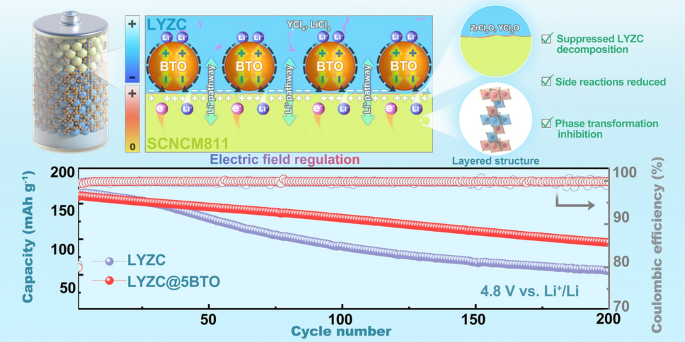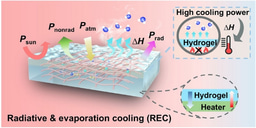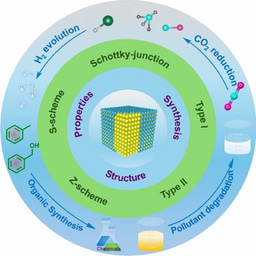BaTiO3 Nanoparticle‑Induced Interfacial Electric Field Optimization in Chloride Solid Electrolytes for 4.8 V All‑Solid‑State Lithium Batteries

As all-solid-state batteries (ASSBs) push toward higher energy densities, the limited oxidative stability of chloride solid electrolytes (CSEs) at ultrahigh voltages (>4.5 V) remains a critical bottleneck. Now, researchers from Shenzhen University, led by Prof. Guangliang Gary Liu and Prof. Wenjin Li, have introduced a ferroelectric BaTiO3 (BTO) nanoparticle coating that significantly enhances the high-voltage stability of CSEs through interfacial electric field modulation.
Why BaTiO3 Matters
- Electric Field Regulation: BTO’s ferroelectric polarization counters external electric fields, suppressing electrolyte decomposition at 4.8 V.
- Interfacial Stability: Reduces formation of parasitic by-products like ZrCl3O and YCl2O, enhancing cathode–electrolyte compatibility.
- Preserved Ionic Conductivity: Maintains high Li+ conductivity (1.06 mS cm-1) even with an ionically inert coating.
Innovative Design and Features
- Scalable Coating Process: Time-efficient ball milling achieves uniform BTO coatings (~50–100 nm) on Li5Y0.5Zr0.5Cl6(LYZC).
- Core–Shell Structure: BTO encapsulates LYZC particles, forming a protective layer without disrupting bulk crystal structure.
- Surface-Mediated Li+ Transport: Solid-state NMR confirms enhanced Li+ diffusion along BTO–LYZC interfaces.
Applications and Performance
- High-Voltage Cycling: ASSBs with LYZC@5BTO retain 76% capacity after 150 cycles at 0.5C and 4.8 V.
- Superior Rate Capability: Delivers 95.4 mAh g-1after 200 cycles at 1C—nearly double that of pristine LYZC.
- Suppressed Phase Transitions: XRD and HRTEM show reduced rock-salt phase formation in SCNCM811 cathodes, preserving layered structure.
Conclusion and Outlook
This work introduces a cost-effective, scalable surface modification strategy that uses ferroelectric nanoparticles to modulate interfacial electric fields, significantly improving the oxidative stability of chloride electrolytes under ultrahigh voltage. It opens a new pathway for developing high-energy-density, long-life all-solid-state batteries.
Stay tuned for more breakthroughs from Prof. Guangliang Gary Liu and Prof. Wenjin Li’s team at Shenzhen University!
Follow the Topic
-
Nano-Micro Letters

Nano-Micro Letters is a peer-reviewed, international, interdisciplinary and open-access journal that focus on science, experiments, engineering, technologies and applications of nano- or microscale structure and system in physics, chemistry, biology, material science, and pharmacy.






Please sign in or register for FREE
If you are a registered user on Research Communities by Springer Nature, please sign in